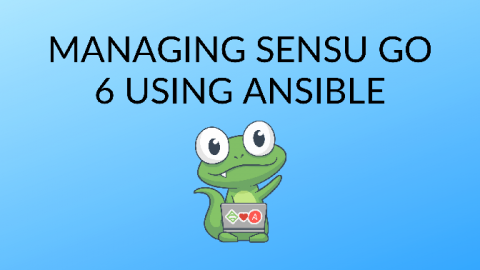How to collect Prometheus metrics and store them anywhere (with Sensu!)
As my co-founder Caleb Hailey likes to say, collecting monitoring and observability data is essentially a solved problem. The only remaining challenges are related to getting that data where you want it to go. When dealing with different formats — say, collecting Prometheus metrics and storing them in Elasticsearch — this can be a non-trivial problem. Put simply, it’s like trying to put a square peg into a round hole.











